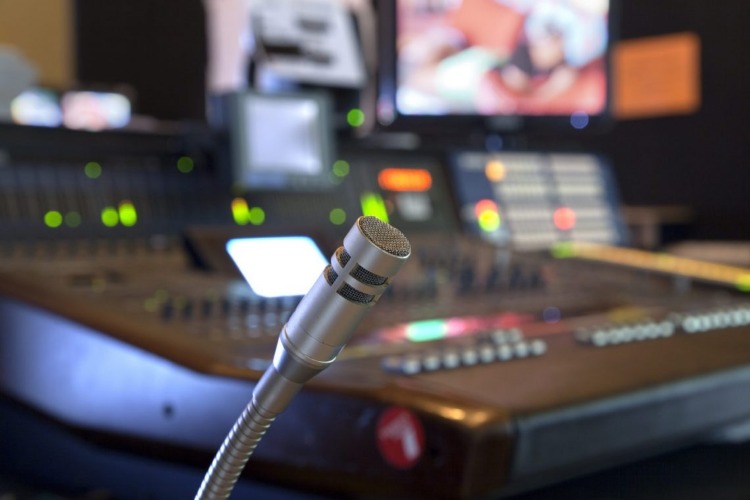20/02/2019
Audio more important than visual in video production – or is it?
Posted in: General Blog,

IF YOU strip back the corporate videos that we produce they’re primarily made up of only
two elements: the picture (visual) and the sound (audio). And while we would
always want and recommend achieving the highest of production standards for both of those constituent parts,
there are some that would say that audio is more important than the video.
Researchers
have found that even if the video component has some flaws and turns out less
than perfect but the audio is clear, and at the right volume and free of
distractions, then it can still be a success and have hugely positive results.
But several
studies have also shown that if the audio quality of the video is of just
medium to marginal quality, then no matter how good the picture turns out
viewers are more likely to reactive negatively to the video content as a whole.
The audio is usually neglected because of the
misconception that the success of a video production highly depends upon the
quality of video
A study published
last year by the University of Southern California and the Australian National
University found that audio quality influences whether people believe what they
hear, and whether they trust the source of information, because when it is difficult
for people to process information, it becomes less credible.
The study
involved two experiments; one in which two YouTube conference videos were used and
a second with National Public Radio (NPR) Science Friday interviews with
scientists.
For the
first study, two YouTube conference talk videos about engineering and physics were
shown to 97 participants. The sound quality of the recordings was altered and
trimmed to two- or three-minute segments.
Then, they
showed one video with good sound quality and the other with poor sound.
Afterward, the participants were asked to rate the talks, from one to five,
worst to best on questions about the talk and the speaker. When the video was
difficult to hear, viewers thought the talk was worse, the speaker less
intelligent and less likeable and the research less important.

For the
second experiment with 99 different participants, the sound quality of two NPR
Science Friday interviews was altered; one with a geneticist and another with a
physicist, and the recordings were shortened to two-three minutes.
As soon as
the audio quality was reduced the scientists and their research lost
credibility.
The study highlighted
the issue of fluency, the ease with which something is processed, and how it
can influence people’s judgments about information and their sources. Anytime
something is difficult to process, people become distrustful.
In similar
studies on fluency it was found that people are more likely to distrust eBay
sellers with difficult-to-pronounce names, and exercise plans were rated easier
to do when the instructions were published in arial font rather than brush or mistral.
Both picture
and sound should be treated with equal importance; there’s no room in a
professionally produced corporate video for skimping on either of these areas. Equally
balanced audio-visual (AV) helps get great results, and allows you to get you
messages across to your audience in a way that will resonate with them.
AV is all
about getting your corporate message to your chosen audience; and with all
things in marketing, it’s all about sticking your head above the parapet. If
you’d like to know more about how our audio-visual skills can help your
business, please telephone us on 01423 873009.